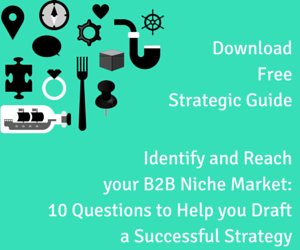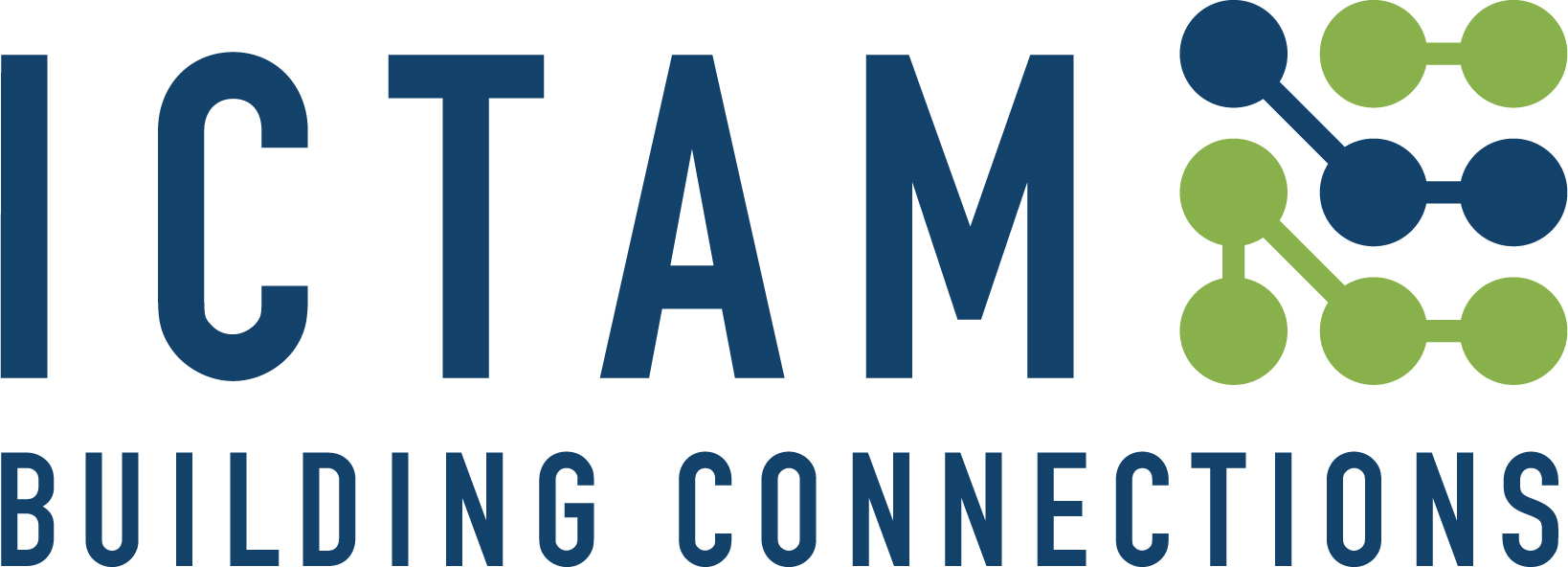The alignment between Sales and Marketing teams is an age-old problem. Although, in theory, aligning them may not sound like rocket science, both teams have different expectations of each other, which proves to be detrimental to the overall development and the final goal of increased productivity and revenue.
However, this long history of friction and disharmony can be changed. When working in tandem, these teams have a tremendous opportunity to improve the overall business performance. By aligning the work, they can drastically raise sales productivity, marketing ROI and, the most important factor, growth.
Marketing and sales departments may look similar- that’s because they are two sides of the same coin.
But they are not the same. Two common problems that strike up between these two areas are divergent goals, and misunderstood roles. But there are also hidden agendas, conditions, absence of full information that is required for collaboration, cooperation and collective decision making. Marketing and sales timelines are diversely structured, as they measure performance in different ways.
When companies choose to ignore the fact that marketing and sales are not naturally integrated, or they ignore the relationship between these two teams, they will have to pay a painful price in terms of time, money and employee satisfaction levels.
How can businesses avoid finger-pointing and accusations?
By dealing with the real reasons behind the situation. The Aberdeen Group states that companies with good sales and marketing alignment achieve about 20% annual revenue growth. Establishing clear metrics and mutual responsibilities for both marketing and sales is essential to a productive relationship.
That starts with the definition of a Service Level Agreement (SLA), a tool that acts as a frame and aligns everybody’s work. When an SLA is created, everyone is aware of the goals to achieve. Companies that use SLAs as part of their sales and marketing processes set the expectations: these are the quality-leads that Marketing needs to generate over a certain period of time, and the clear process that sales will follow to connect with those leads.
Sales and Marketing Alignment: How to Reach the Equilibrium?
An SLA simplifies the complex process of B2B lead generation and sales by developing a clear and deliberate plan. This plan helps to avoid unknown expectations between departments, and also lowers wasted efforts of going after low-value leads and confusions around the process.
If the shared goal for the next 12 months is to achieve $1 million in new sales, how many leads will Marketing pass to Sales? How will they generate them? How will Sales follow up and close those leads to reach the revenue goal?
An SLA in place means that the expectations are clear and written down, including the numerical data that the teams will refer to regarding how they measure and meet those goals.
To create clarity and real alignment between the teams, and have everyone working in the same direction, both teams collaborate on the creation of the SLA document. This document outlines the standards and procedures for sales and marketing cooperation, ensuring all the leads are properly vetted before being handed to sales, as well as properly engaged before being disqualified.
This SLA acts as a contract between the two departments, to ensure everyone follows the agreed-upon rules for handling the leads generated by marketing.
Let’s look at the areas where this equilibrium must be achieved.
-
Stakeholders
Who are the stakeholders in your organization? According to the Project Management Institute (PMI), the term project stakeholder refers to, “an individual, group, or organization, who may affect, be affected by, or perceive itself to be affected by a decision, activity, or outcome of a project” (Project Management Institute, 2013).
Marketing and Sales must identify the stakeholders that are connected with the project they are undertaking, and have this information in the SLA. Once that’s clear, it’s time to communicate with the stakeholders and explain what the organization gains from this plan. This step is key to obtain support.
-
The Goals
Both departments should agree on the company’s goals, and agree on the fact that the teams must collaborate to achieve them. You need to agree on the numeric goal of marketing leads, the follow-up process and a certain time-period.
What is the success rate you expect for converting inquiries into opportunities? How good are you at converting opportunities into sales? This understanding can help your team define the number of leads that your company needs at each stage of the sales funnel.
-
Describing Your Ideal Client
Both teams should agree on who the ideal client is. Why?
Because a well-defined target audience results in a clear positioning strategy. When Marketing crafts a strong positioning strategy, companies create marketing campaigns, programs and materials that strongly resonate with prospects and current clients. This makes it easier for Sales to connect with a prospect.
The combination of a well-defined target audience and a solid strategy allows your company to become more attractive while selling your solutions, bringing on more profitable clients, retaining them for a longer period and increasing your competitiveness in the market.
-
Who is a Sales Qualified Lead?
Who counts as a contact? Who should we mark as a “lead?” What does Marketing classify as a qualified lead? How does sales, from their perspective, describe a qualified lead?
As each department takes care of prospects at different stages in their buying process, it is natural that they both analyze these prospects from their own experiences and perspective. That makes imperative to have a shared understanding on the definition of “sales qualified lead” between Marketing and Sales is, because each team works with focus on a certain set of activities to reach the mutual goals.
Without this shared understanding of a “sales qualified lead”, neither can properly function. “Marketing qualified leads” and “sales qualified leads” are not the same, and each must be defined based on clear, standardized qualities that relate to your ideal customer profile.
-
Minimum Level of Engagement
The aim of a lead generation campaign is to increase the engagement of prospects. As your teams agree on the parameters to qualify leads, you need to select the ones worth the time and effort to pursue. Not every lead is ready to receive a call from Sales. How can you be sure that a prospect is interested in your company, and ready to hear from Sales?
Companies that use marketing automation software as part of their marketing and sales toolset solve this challenge by defining a lead scoring system. Sales and Marketing agree on the points the system will assign as prospects engage with the company; their behaviors and response to the marketing campaign are recorded and the software assigns value/points to each behaviour. Increased engagement will lead to an increase in score.
-
Nurture Leads to Encourage Engagement
The lead nurturing process is extremely delicate, as it requires moving leads further down the sales funnel, to increase their interest levels. Each offer sent during the nurturing process provides the lead with more information, more detail and more assistance, while building the lead’s confidence in your solutions.
As Marketing and Sales understand each workflow, this teamwork will result in an optimized planning, as the process needs to be adjusted to continue meeting Sales needs.
-
Standardize the Lead Handoffs
What are the triggers that contribute to transferring leads from Marketing to Sales? Is it a lead score entrance? Is it a bottom-of-the-funnel conversion such as a demo request, assessment or consultation? What happens after marketing finishes a lead generation campaign?
The Sales team should have a detailed plan in place for contacting and guiding the fresh leads through their sales process. The SLA must answer the following questions: How many times will Sales attempt to contact each lead before returning to Marketing? Will contact be made by phone or email? How many buffer days between each attempt to contact?
-
Key Performance Indicators (KPIs)
Setting Key Performance Indicators (KPIs) help teams to manage goal achievement and provide an insight on areas of improvement and opportunities. You can measure your company’s progress through metrics such as:
- End-to-end conversion ratio
- Sales cycle timeline
- Marketing qualified leads (MQLs) to opportunity ratio
- Opportunity to customer ratio
- Revenue diversity
- Percentage of content used by sales
- Revenue per account
The SLA is written down… But You’re Not Quite Done Yet
Once you’ve broken down the Marketing and Sales silos and created a shared SLA, a “set it and forget it” mindset leads to waste of time and efforts. The SLA should be constantly updated based on your learnings and analysis.
When the Marketing and Sales departments can settle their differences and work in tandem, they increase the revenue, reduce buying cycle while and, at the same time, cut the cost of doing business.
Keeping an open communication between Marketing and Sales not only improves the effectiveness of your processes and the development of shared goals. It also enables your business to increase the number of qualified leads, and track them through their entire lifecycle.
Every healthy organization requires Marketing to develop relationships with prospective clients, inducing, nurturing, and earning leads – just as it requires Sales to close deals and cultivate customer rapport. When Sales and Marketing remain synchronized, it’s a win-win for everyone.
If your organization needs support to bring down silos of expertise and align your teams to collaborate towards shared marketing and sales goals in the area of lead generation, please contact us.
Think others should know about this? Give it a like, share and subscribe. Or connect with Dafne Orbach on LinkedIn.
Identify and Reach your B2B Niche Market
When industrial manufacturing/technology/scientific companies focus on appropriate, targeted niche markets, they discover many advantages. Download our strategic guide that outlines 10 key questions to ask yourself, to help you draft your own successful strategy.






